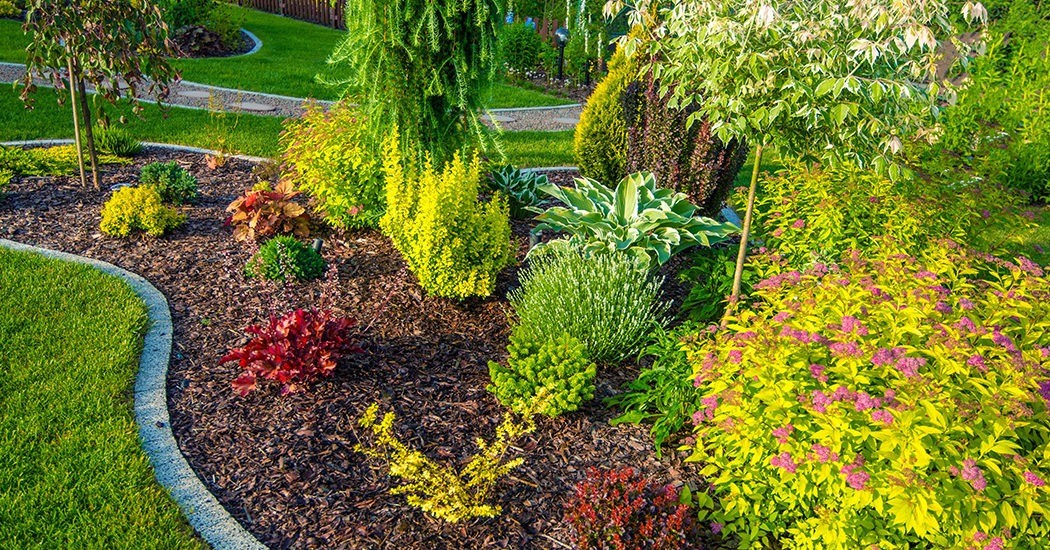A new home, a new garden. Like houses, gardens benefit from having a framework and structure too, and I’d like to talk about how to assess what framework your garden has, if it has one at all, and how a framework can be the start of a really good looking garden. Re-designing a garden can be great fun and watching it evolve into the garden of your dreams can be a very rewarding experience.
If you look out at your garden from the house, ideally an upstairs window, you’ll get an idea of what the framework and structure of your garden looks like. By this I mean the year round immovable features which change little throughout the year. These form the body on which will hang the clothing, the accessories, and the jewellery which will decorate during the bursting of spring, the burning of summer and the warm glows of autumn. Winter and spring are good times of the year for assessing the ‘skeleton’ of a garden and for making improvements where necessary. A garden which looks structured at the start of the year will be so much easier to ‘dress’ later on.
So what’s likely to stand out in the garden when viewed from a distance? Necessary structures such as sheds, outbuildings and greenhouses aside, decorative man-made items can give bones to the body of your garden; arches of wood or metal, obelisks of ironwork and rustic or planed pergolas are semi-permanent frameworks all capable of attracting the eye in different directions and will be able to support the growth of plants upwards and outwards. Plants too can provide architectural structure; shaped to make formal focal points, and trained to form partitions and hedges (topiary is the art of creating shapes from plants).
The Italians and French (think of Tivoli and Versailles) knew how to create garden structure on a grand scale, but size doesn’t matter too much; proportion does. Box (Buxus) and Bay (Laurus) are probably the best examples of species adaptable to gardens of all sizes. A smart front door to a town house can be given a stately touch with the addition of ‘lollipop’ Bays, and a cottage garden path is given emphasis when lined by a low hedge of Box. On the other hand, Bay is quite capable of becoming a pyramidal focal point of some two metres or more, and Box can be shaped into a peacock if you really want it to be!
One thing to decide when creating ‘‘ structure, is whether you want to make your garden more formal, informal, or a combination of both. Often, gardens tend to be more formal closer to the house, and less formal and more ‘relaxed’ the further away you get. Many stately homes follow this principle and a small garden can be the same.
Structure can provide focal points, partitions, vistas and boundaries whatever size of garden. Formal structures often have even numbers, of pyramids, balls or obelisks, and symmetry, circles, right angles and straight lines create the formality. The same plants and features can be used in groups of odd numbers, or be seemingly ‘randomly’ placed and suddenly a garden becomes informal.
So, why not take a look at your garden again during the earlier months of the year, from different angles, and see what you can do to improve and add to the structure. Make a sketch of a bird’s eye view, and plot your bones and skeleton. The ‘flesh’ of flowering shrubs, bulbs, herbaceous and bedding can all follow later. The good news is, garden centres offer a good range of supports and plants for creating structure, and the spring time is when they are full of ideas and advice is at hand should you need it.
Read more articles in our Rooftops Winter Edition
Article extracted from David Burrs Rooftops Winter 2017 /2018 Edition







